n GT3 configuration, this so called "split" crankcase (meaning the parting line of crankcase is on the crankshaft centerline) uses, instead of a fan and finned cylinders, separate water jackets added onto each side of the crankcase to cool banks of three cylinders with water pumped though a radiator.
Porsche 911 GT

Porsche 911 GT

Porsche 911 GT

Porsche 911 GT

Porsche 911 GT

Porsche 911 GT
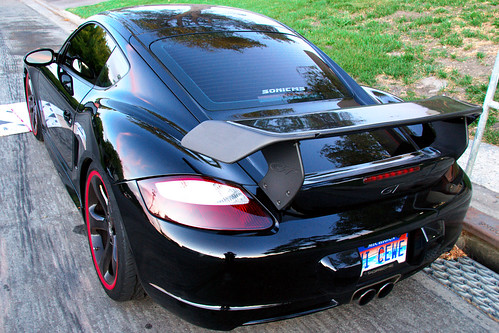
Porsche 911 GT

Porsche 911 GT

Porsche 911 GT

Porsche 911 GT
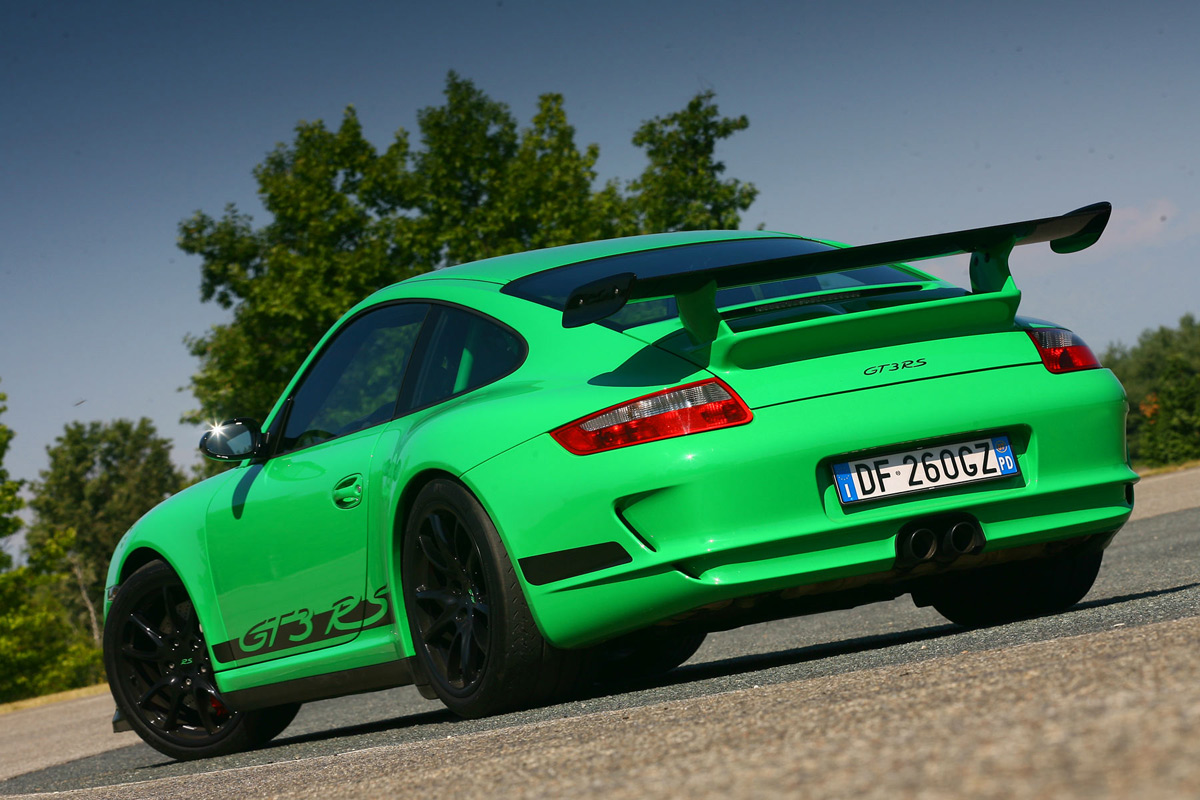
Porsche 911 GT

Porsche 911 GT

Porsche 911 GT

Porsche 911 GT

Thus, the GT3 engine is very similar to the completely water cooled 962 racing car's engine, which is also based on this same crankcase. The 962 differs, however, by using 6 individual cylinder heads while the GT1/GT3, like the air and water cooled Porsche 959, uses 2 cylinder heads, each covering a bank of 3 cylinders. The GT3 engine could thus also be thought of as similar to a 959 engine, but with water-cooled cylinders.


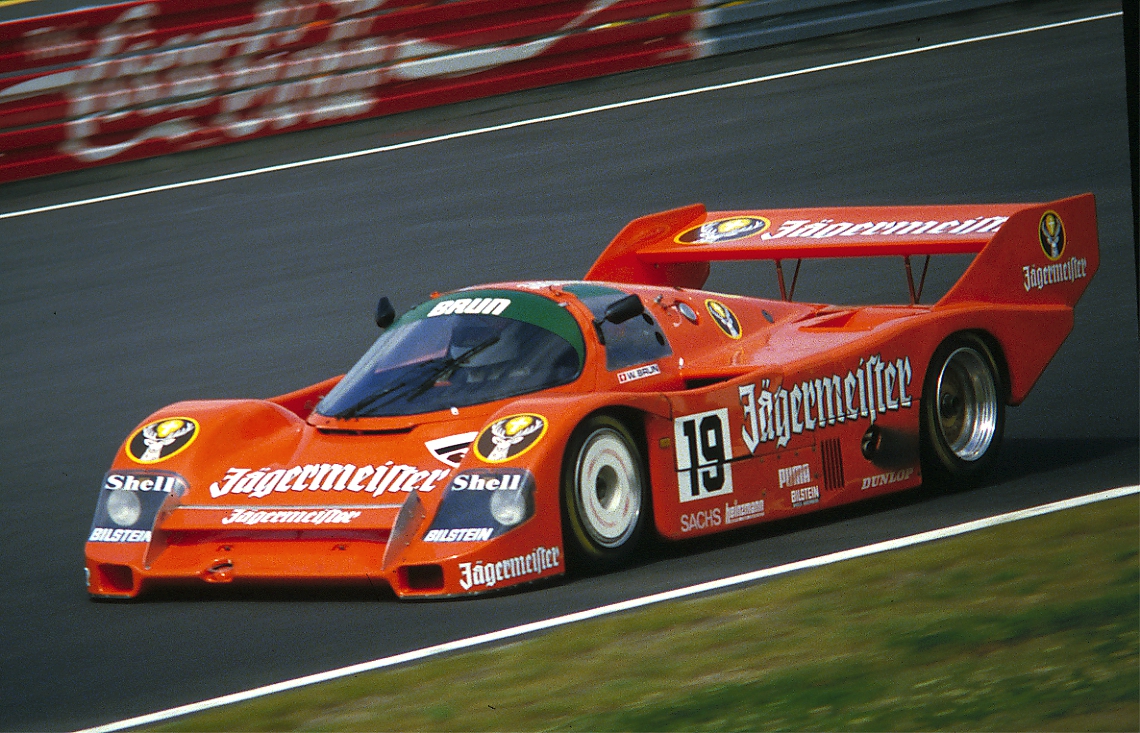



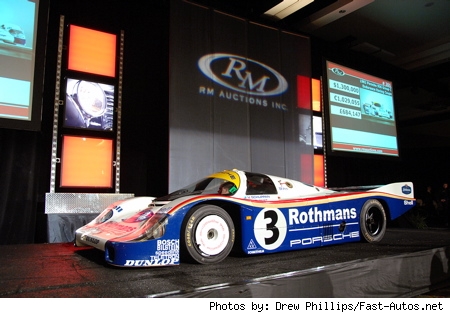
.jpg)


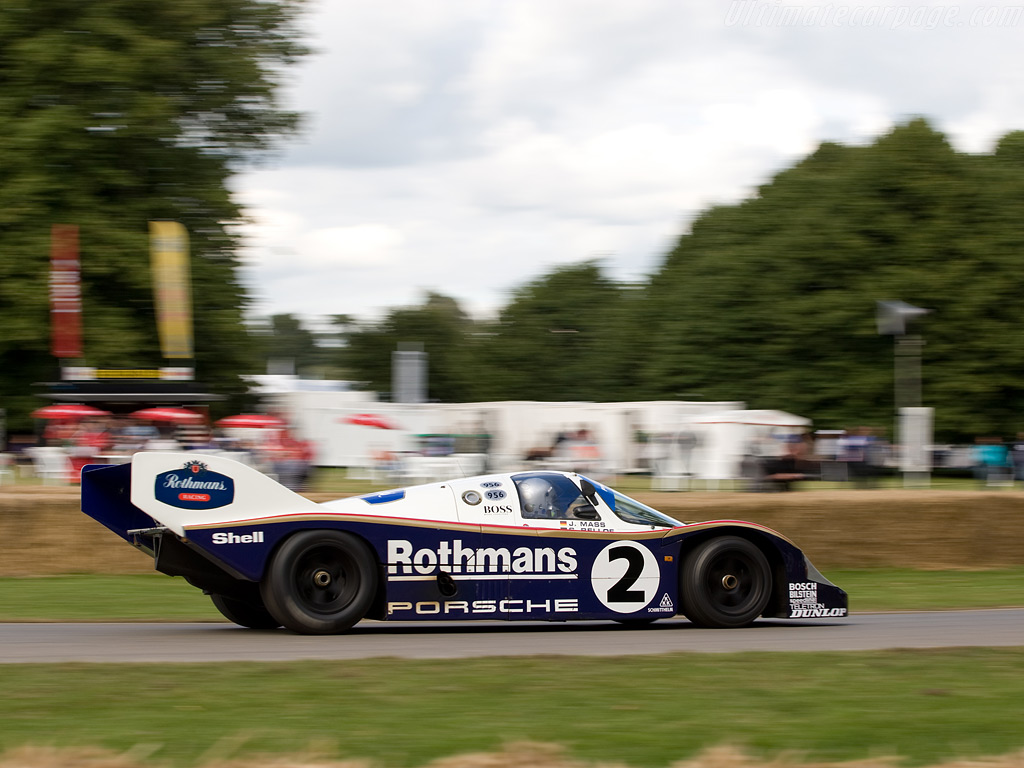

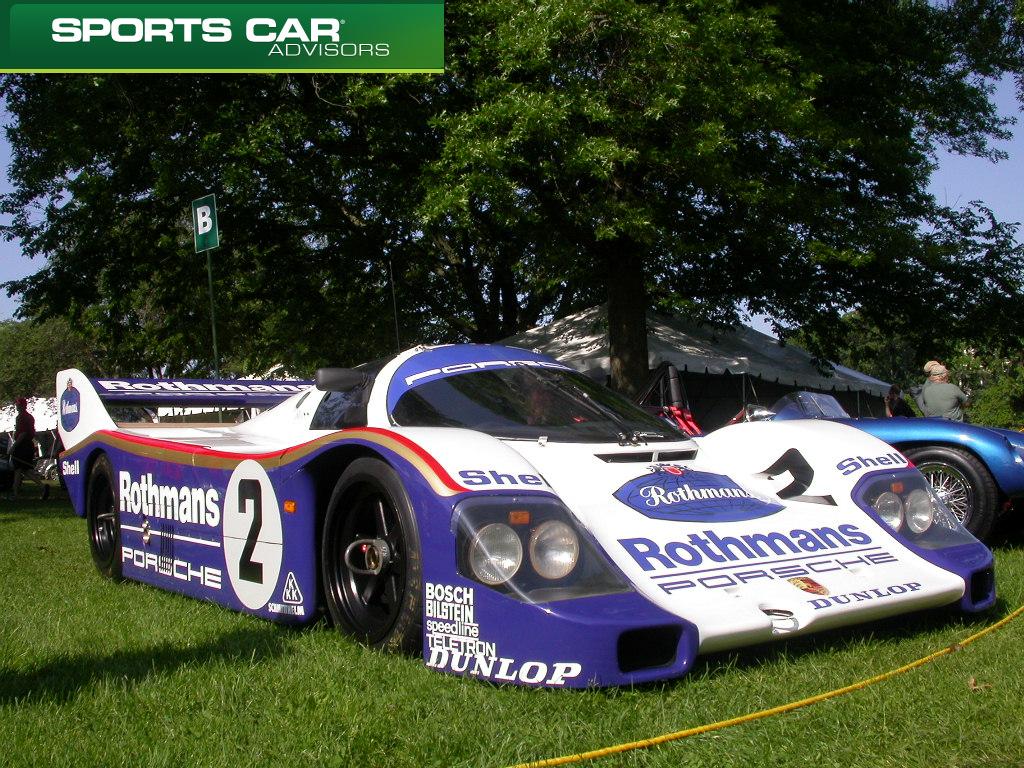
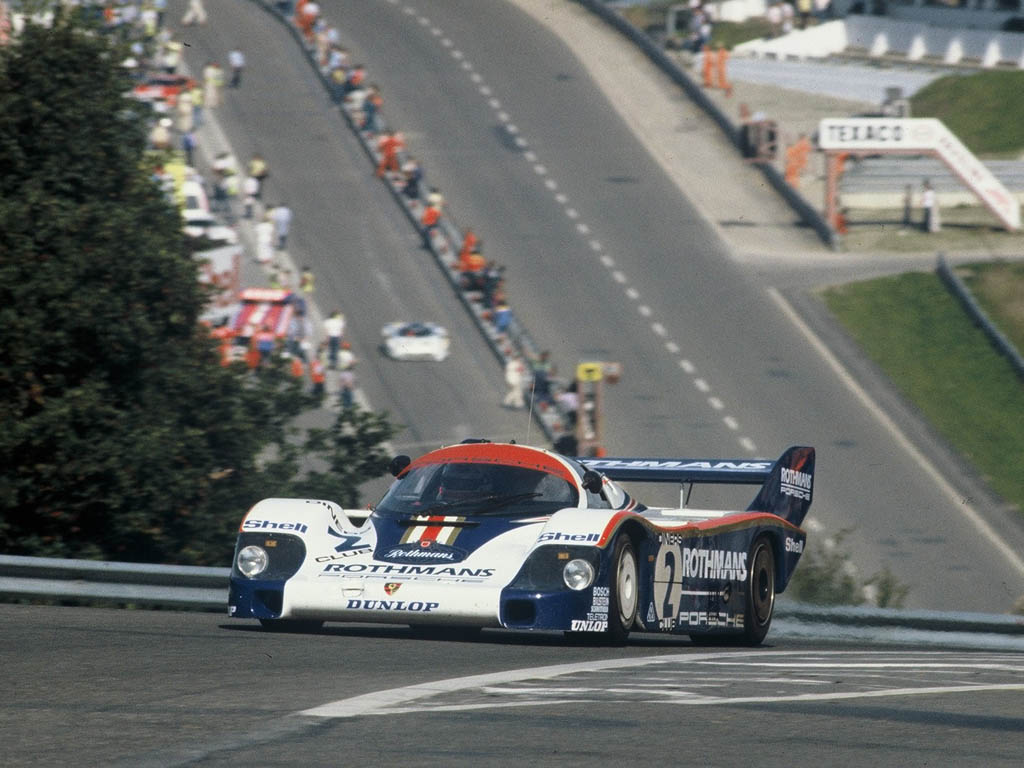
















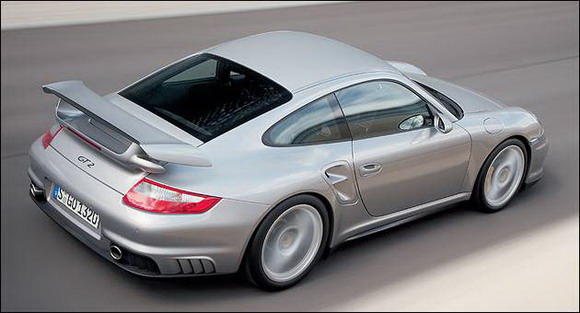


























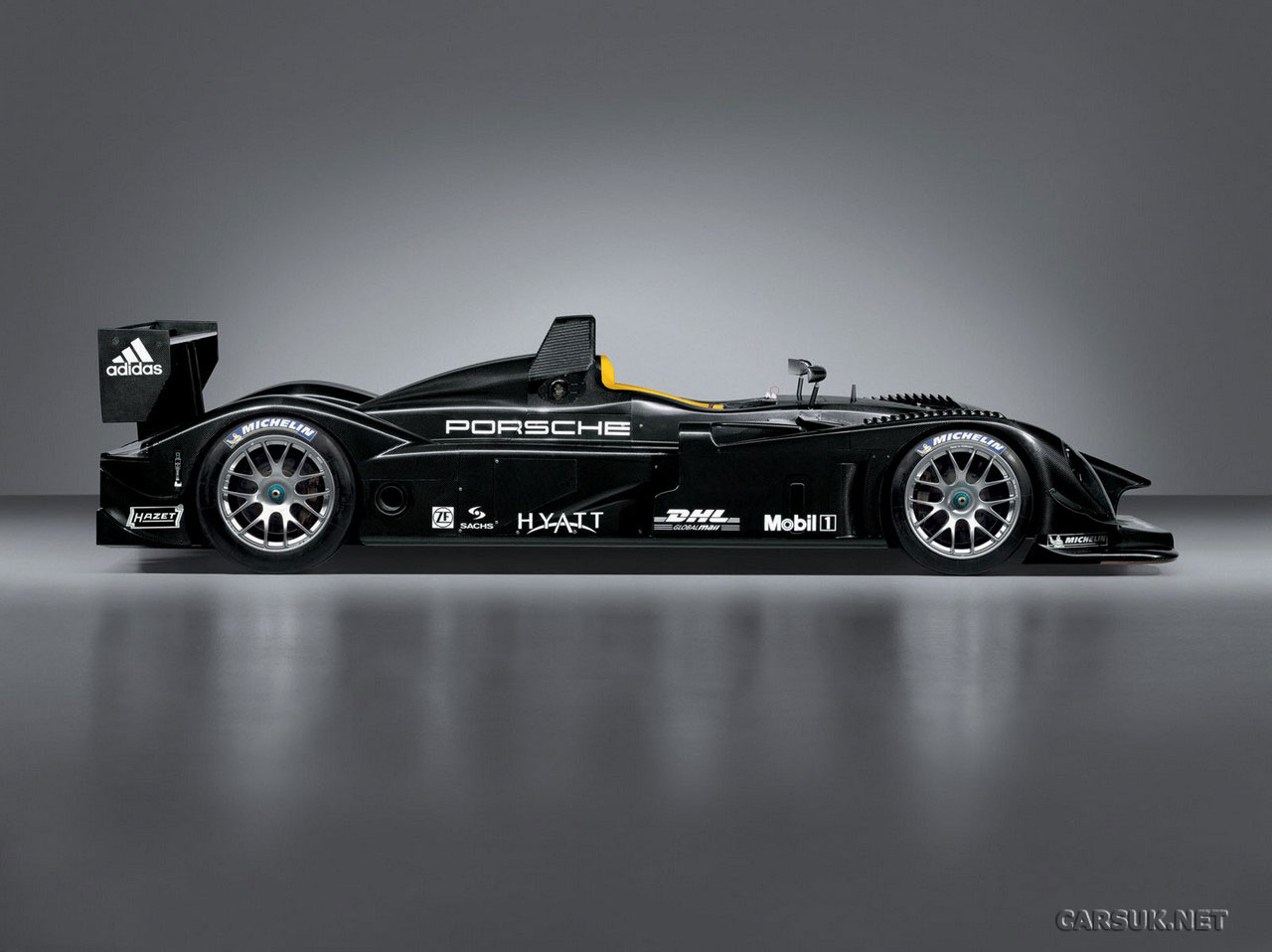
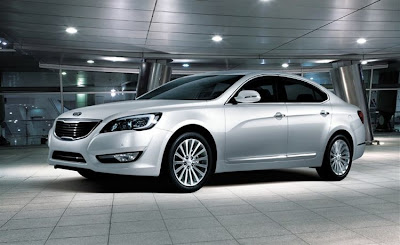



.jpg)





